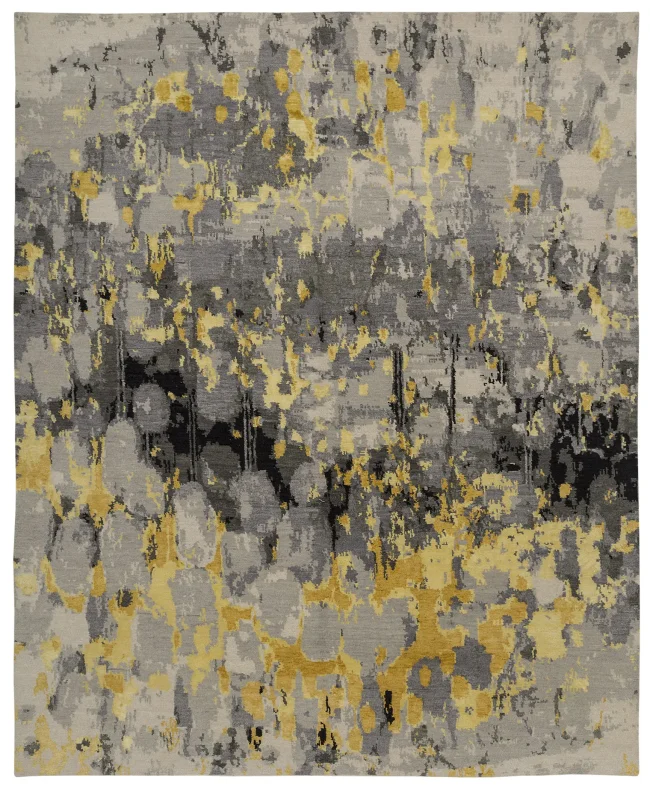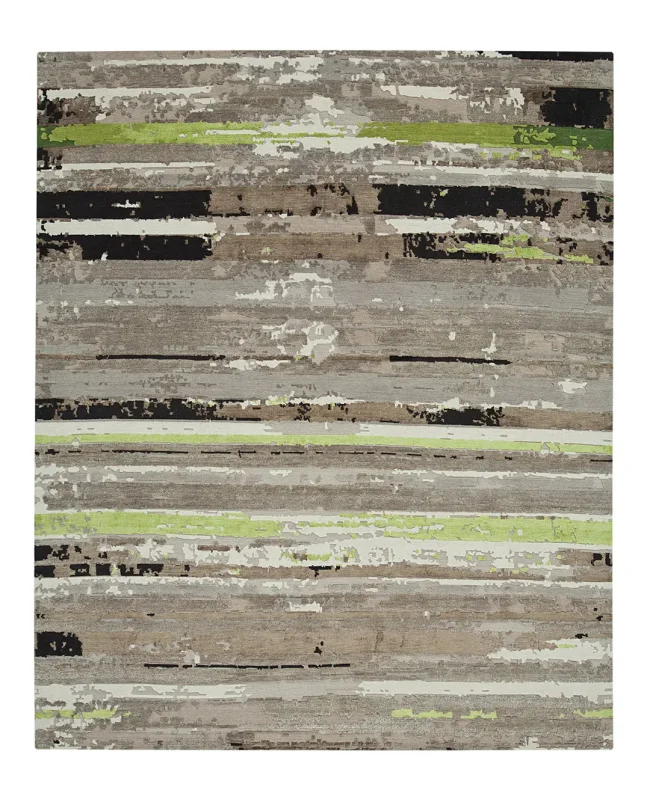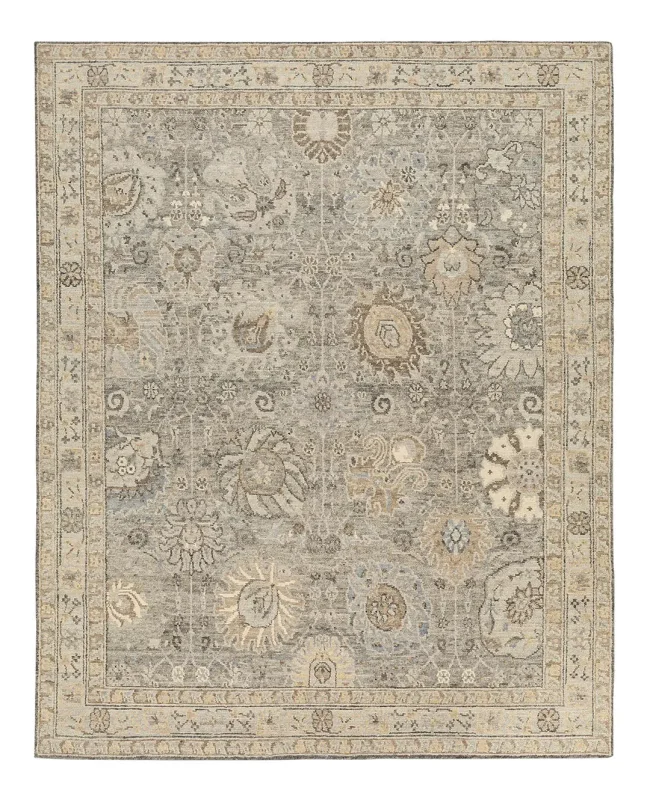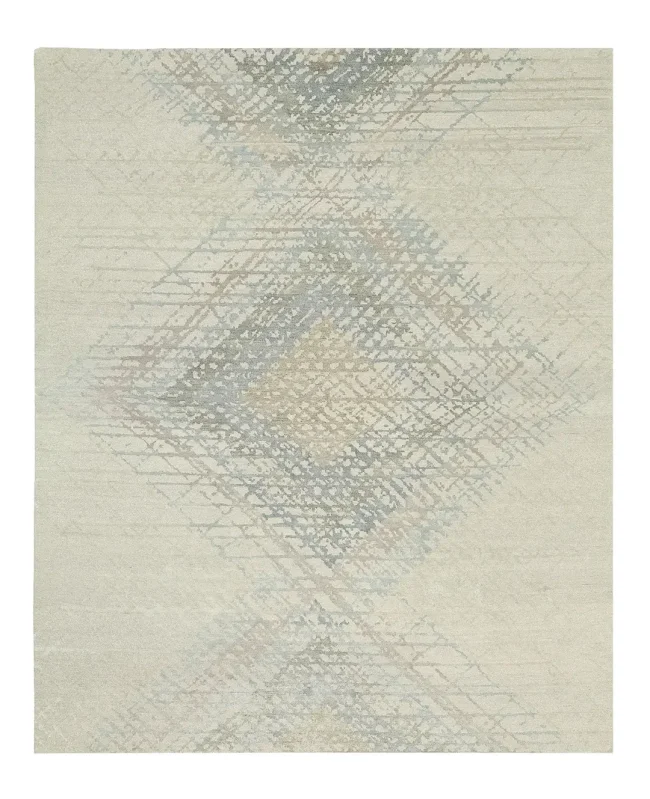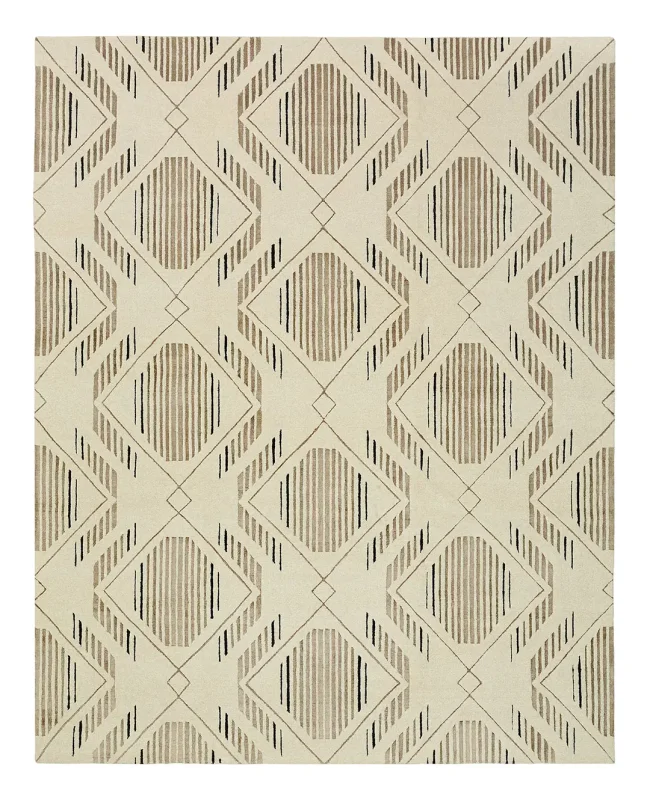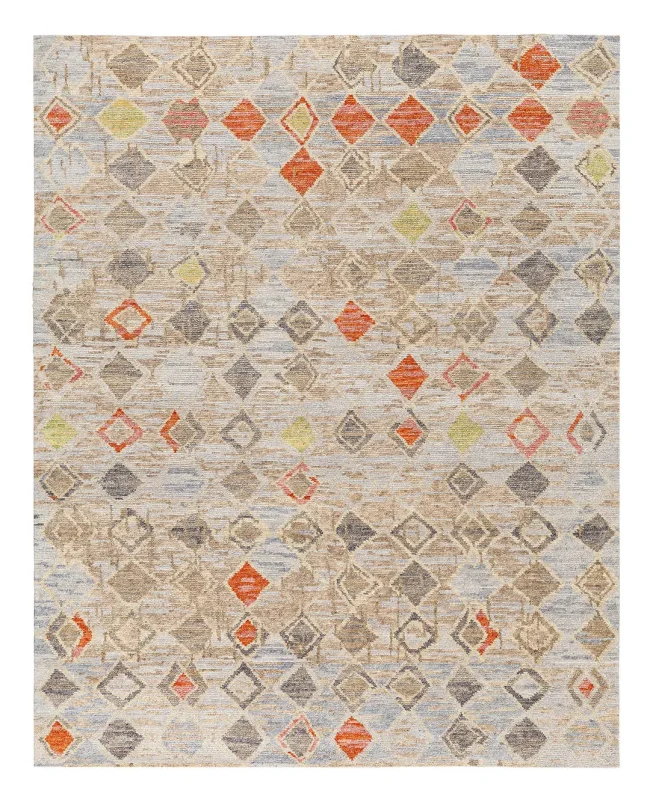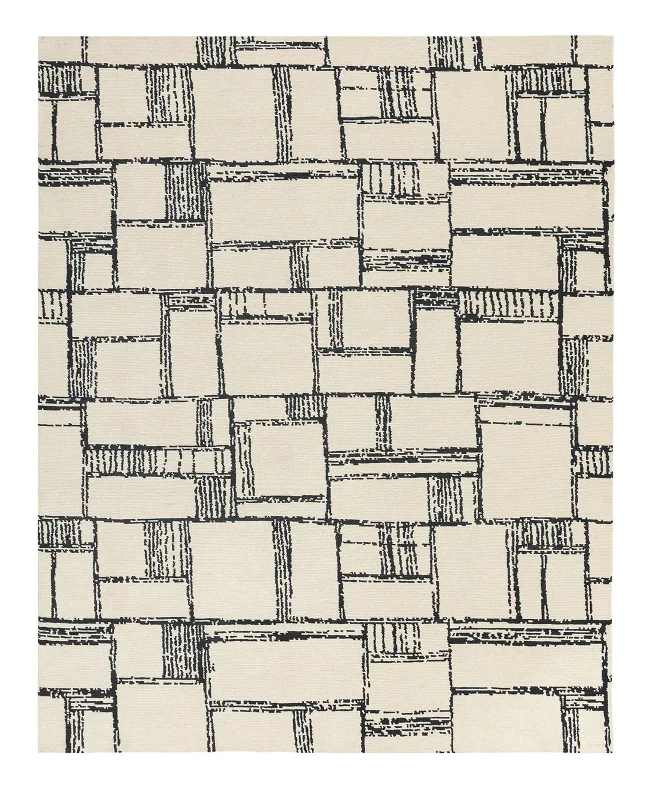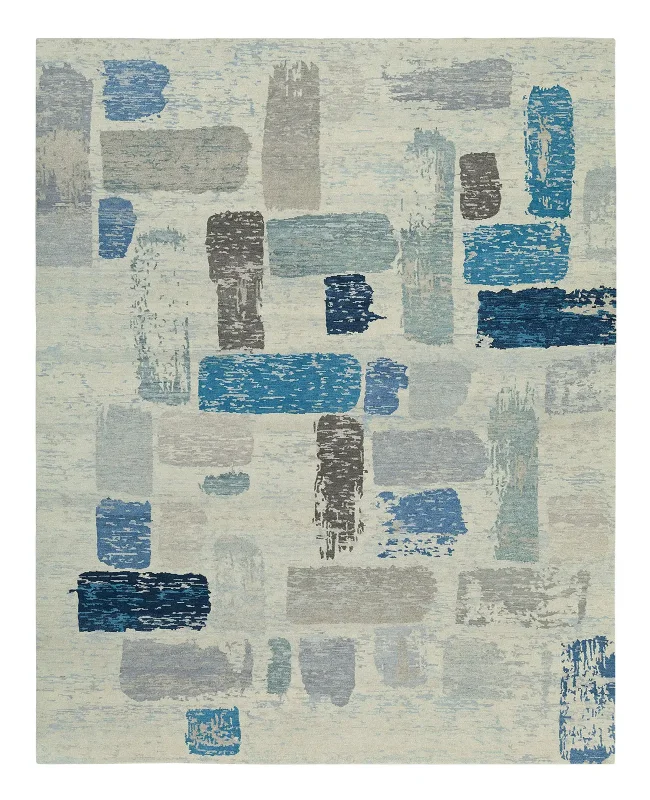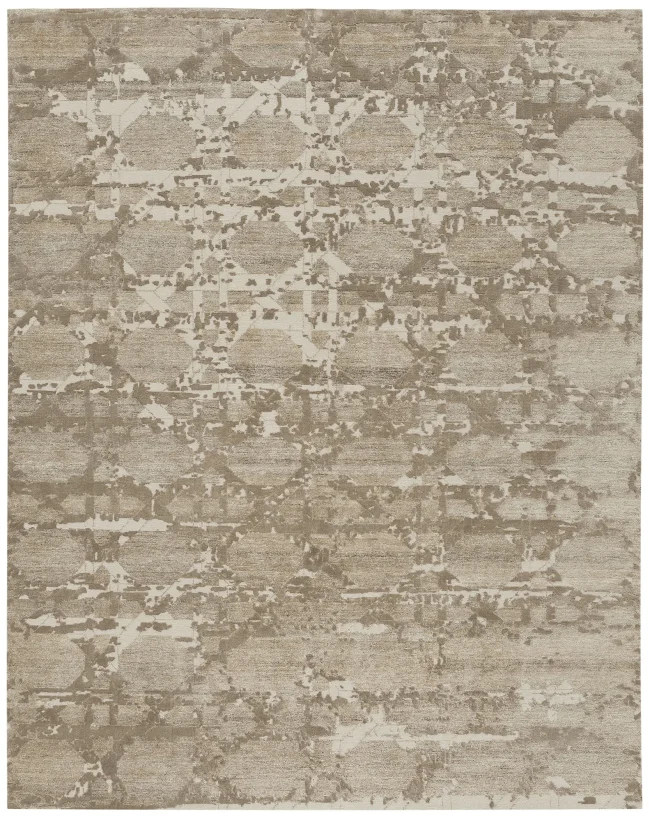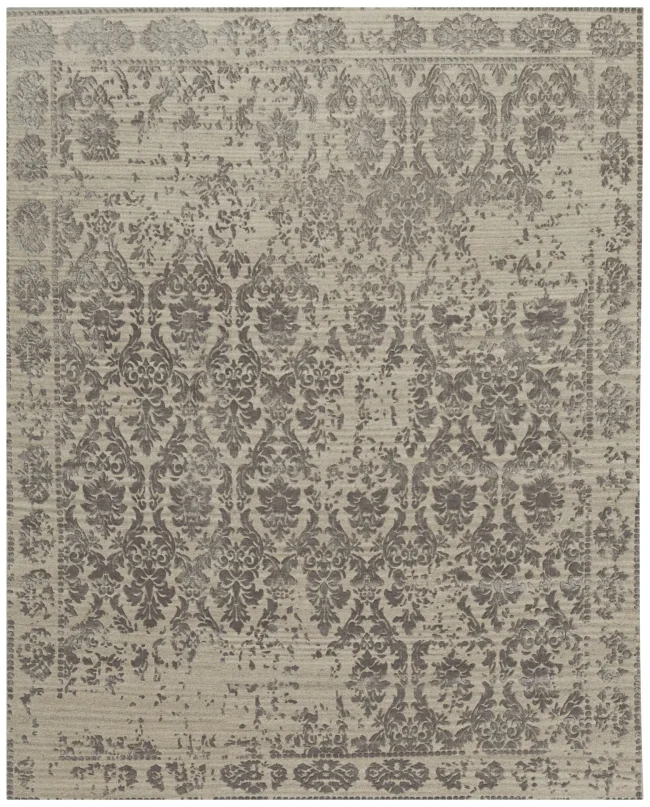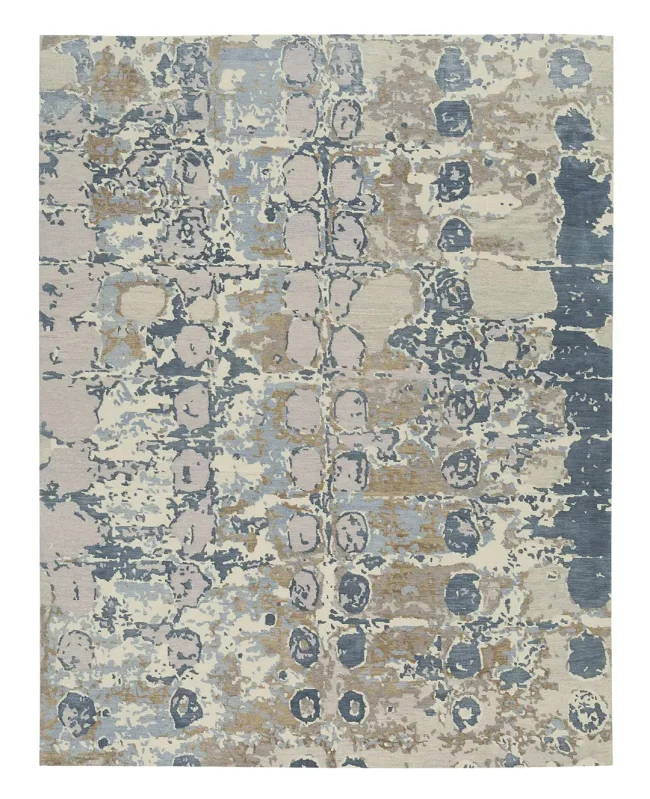Upgrade Your Home with Tamarian Area Rugs & Carpets
Tamarian area rugs epitomize classic elegance. These designer pieces are hand-knotted area rugs made from premium Tibetan highland sheep wool. The wool is combined with top-notch silk for added variations. Artisans then use chrome-based dyes to complement the premier fiber and produce bright colors for the rugs.
Tamarian rugs are created using traditional methods such as the Tibetan knots. The Tibetan loop’s ancient technique, also called the Senneh knot, to ensure the rugs’ delicate quality. With the handcrafting techniques of Tamarian artisans, collectors are guaranteed long-lasting artwork in their homes.
The hand-knotted rugs are remarkably soft yet durable due to the Tibetan highland sheep’s environment—a territory ideal for exemplary wool production. Located at a high altitude of 10,000 feet, Tibetan sheep produce fine fibers perfect for rugs and carpets. Apart from softness and durability, Tamarian luxury wool rugs are soil-resistant, making them practical designer pieces for every collector.
Cyrus Artisan Rugs’ Commitment to Quality
Cyrus Artisan Rugs is committed to delivering quality that exceeds your expectations. Investing in a rug from our collection is a wise investment for anyone seeking to enhance their home with a piece that combines exquisite craftsmanship, premium materials, and meticulous attention to detail.
Our skilled artisans honed their craft over generations and are responsible for meticulously hand-knotting or hand-tufting each masterpiece. Doing so ensures every area rug is not only beautiful but also durable and unique. With a handmade piece, you are guaranteed that every rug is one-of-a-kind.
Acquire a lasting treasure at Cyrus Artisan Rugs. Every unique creation can elevate any space, and bring a touch of elegance, warmth, and sophistication. Whether it’s a bold statement or a subtle accent, our rug brings your living spaces together.
Rug Selection Guide for Tamarian Rugs
Choosing a Tamarian rug must check off many boxes, including enhancing your home’s aesthetic, providing comfort, and meeting your practical needs.
- Identify where you’ll place the rug, whether in high-traffic areas or less-frequented spaces. Various parts of your home require different rug materials.
- Know how your Tamarian Tibetan rug will interact with furniture placement. For instance, it should be large enough to fit the front legs of sofas and chairs in a living room, and should extend beyond the dining table even when chairs are pulled out.
- Determine the appropriate style that best fits your interior desires or existing decor. Cyrus Artisan Rugs offers diverse options to fit every living space.
Designs and Styles of Tamarian Rugs
Tamarian carpet are celebrated for their exceptional quality, intricate designs, and diverse styles that cater to various aesthetic preferences.
- Traditional rugs often have thick borders and elaborate motifs, including florals, vines, and medallions. They use vibrant colors and their patterns are often symmetrical. These masterpieces can serve as focal points in a room where a touch of elegance and tradition is desired.
- Contemporary rugs mix neutral and bold colors to achieve an eye-catching surface. They break away from traditional designs with bold lines and innovative patterns.
- Achieve a cohesive and unified look with the smooth shift a transitional rug brings. This rug style combines traditional and contemporary elements to achieve a balanced look. They are perfect for interiors that blend old and new designs.
- Embrace a free-spirited or natural aesthetic with tribal rug style. Its bold geometric patterns are often inspired by indigenous and nomadic cultures, adding depth and storytelling to your space.
Materials and Weaving Techniques of Tamarian Rugs
The primary material used in Tamarian carpet weaving is wool from Tibetan highland sheep. These sheep roam Tibetan plateaus that can range over 10,000 feet high. Their wool is very high in lanolin content, a property that makes Tibetan wool one of the world’s most durable materials. Most Tamarian rugs are made completely from wool or are combined with other fabrics like silk, helm, or linen.
Skilled artisans use centuries-old hand-knotting techniques in crafting these rugs. They are woven using the Tibetan Loop Senneh knot where every knot is tied around two vertical fibers before it is looped around a metal rod. Afterwards, the entire row of knots is cut from the rod, exposing a pile.
Colors and Patterns of Tamarian Area Rugs & Carpets
Tamarian Tibetan rugs undergo an age-old pot dyeing process to ensure that the color is consistent throughout its fibers and surfaces. They are submerged, simmered, and spun with natural dyes to achieve the desired shade. Over 1,200 colors are used in making these rugs.
The patterns differ from one rug to the next, which may follow a contemporary theme, traditional motif, or transitional aesthetic. You can identify common elements such as geometric shapes, leaves, flowers, or “ink splatters” on its surface. These provide depth and style that can easily be adorned to any living space.
Caring For and Cleaning Your Tamarian Rugs
Preserve the quality and lifespan of your Tamarian carpet by following these simple tips:
- Perform thorough vacuuming at least once a week to prevent dirt, dust, and other particles from building up to keep your rug in top-notch condition. Letting dirt and residue accumulate can cause staining and soiling on its surfaces.
- Rotate your Tamarian Tibetan rug at least once a year for even fiber wear. For rugs placed in high-traffic areas such as the foyer or living room, rotate them at least twice a year.
- Prevent discoloration by placing or storing your rugs away from direct sunlight. Doing so maintains its quality, so you can keep using the rug in the years to come.
Decorating with Tamarian Area Rugs
Tibetan rugs can be placed in any of your rooms at home. Try out these decorating tips:
- For a fusion of traditional and modern elements, adorn your rooms with a Tamarian rug with a transitional style. Its designs and light color tones give off an elegant look and feel to complete your room.
- Contemporary rugs with vibrant colors are great when placed in recreational rooms. They can help create a positive aura and breathe life into your space, which is perfect for boosting productivity.
- Traditional rugs can also easily complement different areas in your house. It has a classic and elegant appeal that only the earthy tones of traditional rugs can provide.
Frequently Asked Questions about Tamarian Rugs
Where can I buy Tamarian Rugs?
Cyrus Artisan Rugs is a one-stop-shop for all your luxury rug needs, including Tamarian Tibetan rugs. Discover hidden gems in or different webpages. For savvy shoppers, the Clearance section offers exceptional deals for handmade masterpieces, while our Sale page lets your snag items at a fraction of the cost. If you want to be among the first to discover the latest additions to our collection, feel free to browse our New Arrivals section.
Are Tamarian rugs good quality rugs?
Tamarian area rugs are made from the wool of Tibetan highland sheep, which is durable and high in lanolin content. This makes Tibetan wool one of the finest natural fibers in the world. In fact, they aren’t washed with chemicals or bleach to preserve their natural properties, such as their lustrous sheen and resistance to stains.
What are Tamarian rugs made of?
Aside from Tibetan wool, they are made of natural fibers like silk, hemp, nettle, and linen. Some also include synthetic materials like viscose and banana silk. A mixture of these fibers creates long-lasting rugs with polished surfaces and durable edges. However, the most common materials used in Tibetan rug creation are wool and silk.
Can I customize my Tamarian rug?
You can have their colors and size personalized depending on your preferences. By selecting the “custom sizes” option upon placing your order, we can indicate your specifications. Then, we’ll send you a quote. Get in touch with us to place a custom order today, we will be more than happy to help.
Add Value to Your Collection with Tamarian Area Rugs & Carpets
Our collection of Tamarian rugs features eye-catching combinations of colors and patterns. From nature-inspired to abstract designs, each Tibetan rug has unique subtleties that exhibit centuries-old craftsmanship. Each area rug is handled with the utmost care and made with boundless creativity by passionate and skilled artisans from Nepal.
With a wide selection to choose from, you can find a rug that suits your personality and style. Unleash your creativity by investing in captivating Tamarian rugs that can last several lifetimes. Hang these on your wall or place the carpets in specific areas of your home to express your style.
Our Tibetan rug collection includes sizes of 8x10, 9x12, 10x14, and, 12x15. For maximum personalization, we offer selections of varying wool to silk ratio. These available measurements, combined with wide-ranging designs and fiber ratio, guarantee that you can find Tibetan rugs perfect for your home and suited to your personality.
Some areas we service:




